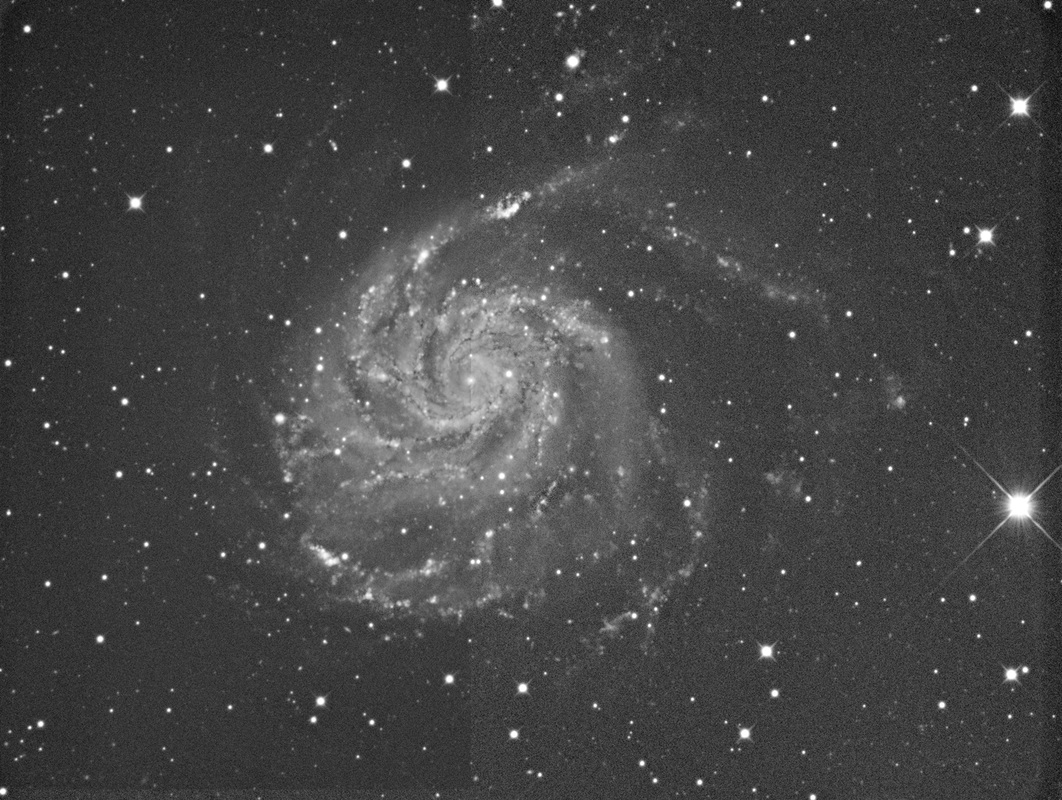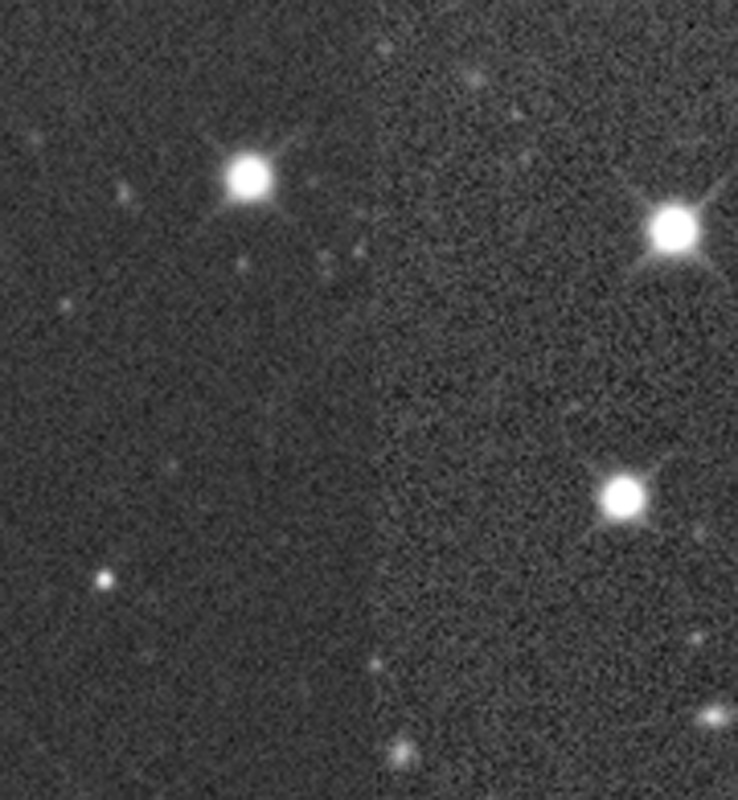|
On the left hand side is the data from 42x1800s exposures and on the right is 9x1800s - You can see that there's a big difference in noise and also in data quality. Below is a close up comparison of the background between the two lots of data.
6 Comments
Sara Wager
10/4/2016 05:49:49 pm
Thanks! Glad that you like it!
Reply
Steve Wilson
10/4/2016 08:31:21 pm
Do you dither between frames Sara?
Reply
Sara Wager
10/4/2016 08:36:24 pm
I do indeed Steve.
Reply
Hi Sara. Its great to see this comparison. I have been using Deep Sky West for my remote imaging now, and they typically image each object for 25 hours of data normally imaging 1800 second subs. I really crunch through the data on the computer and it takes awhile to accumulate this much imaging time using 3 filters in narrowband, but the results are definately worth the wait.
Reply
Sara Wager
11/4/2016 09:17:30 am
Cheers Don - It depends for me what system I am using. The Tak FSQ85 is much quicker and I can get an acceptable mono Ha image for example with 8 hours data..... Not so with the bigger and slower ODK10.... But I keep plugging away at it :)
Reply
Your comment will be posted after it is approved.
Leave a Reply. |
AuthorSara Wager is an astrophotographer with published articles and images to her name Archives
April 2020
Categories
All
|
- Recent images
- Images Gallery
- About me
- My Blog
- Latest Dual rig adventure
- Astro Pixel Processor tutorials
- Asteroids and me.....
- My observatory
-
My guide to image capture
- Real world comparison - Kodak / Sony chip
- Dual imaging set up
- Creating an inset in Photoshop
- Artistic one channel processing
- Rubbish in, Rubbish out - you decide
- Image process tutorials
- Start / finish - Processing is THE key
- Building a mosaic >
- The difference in RGB and Ha light
- The benefits of extra subs in graphics
- Narrowband information
- To bin or not to bin...
- Equipment reviews
- My published images
- Links
- Other Astrophotographers
- Useful books
- Write in my Guestbook


 RSS Feed
RSS Feed
